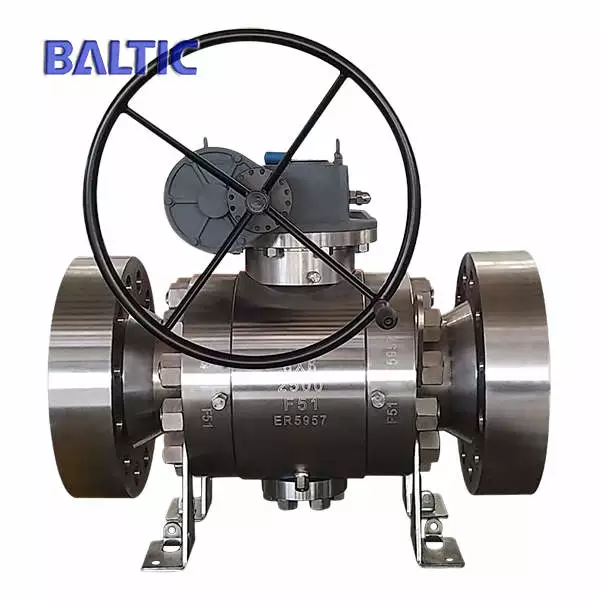What is the Full Bore and the Reduced Bore Ball Valve
The nominal diameter is the general caliber of various pipes and pipe fittings. Pipes and pipe fittings with the same diameter can be connected with each other and have interchangeability. It is not the actual outer diameter or inner diameter of the pipe, though its value is close to or equal to the inner diameter of the pipe.
In the process pipeline system, most valves are designed to limit their flow to a certain range by making the flow passage or area of the closure member smaller than the inner diameter of the pipe. Some ball valves have an over-sized ball so that their internal flow passages have enough space to allow the fluid to pass through without obvious restrictions. This kind of ball valve is called a full bore ball valve because the hole in the ball is the same size as the pipeline. The full bore ball valve is mainly used for on-off conditions.
The reduced bore ball valve is a valve with closure members to control flow. Flow through the valve is one pipe size smaller than the valve's pipe size resulting in flow area being smaller than pipe. The main purpose of reduced bore ball valves is to control the flow by flow reduction or flow interception.
The biggest difference between the full bore ball valve and the reduced bore ball valve is that the flow passage of the former is the same size as the pipeline, and its size cannot be smaller than the standard value, which is roughly equivalent to the nominal diameter of the ball valve. For example, the flow passage size of DN50 full bore ball valves is about 50mm. The flow area of the reduced bore ball valve is smaller than the pipe.

In the process pipeline system, most valves are designed to limit their flow to a certain range by making the flow passage or area of the closure member smaller than the inner diameter of the pipe. Some ball valves have an over-sized ball so that their internal flow passages have enough space to allow the fluid to pass through without obvious restrictions. This kind of ball valve is called a full bore ball valve because the hole in the ball is the same size as the pipeline. The full bore ball valve is mainly used for on-off conditions.
The reduced bore ball valve is a valve with closure members to control flow. Flow through the valve is one pipe size smaller than the valve's pipe size resulting in flow area being smaller than pipe. The main purpose of reduced bore ball valves is to control the flow by flow reduction or flow interception.
The biggest difference between the full bore ball valve and the reduced bore ball valve is that the flow passage of the former is the same size as the pipeline, and its size cannot be smaller than the standard value, which is roughly equivalent to the nominal diameter of the ball valve. For example, the flow passage size of DN50 full bore ball valves is about 50mm. The flow area of the reduced bore ball valve is smaller than the pipe.




